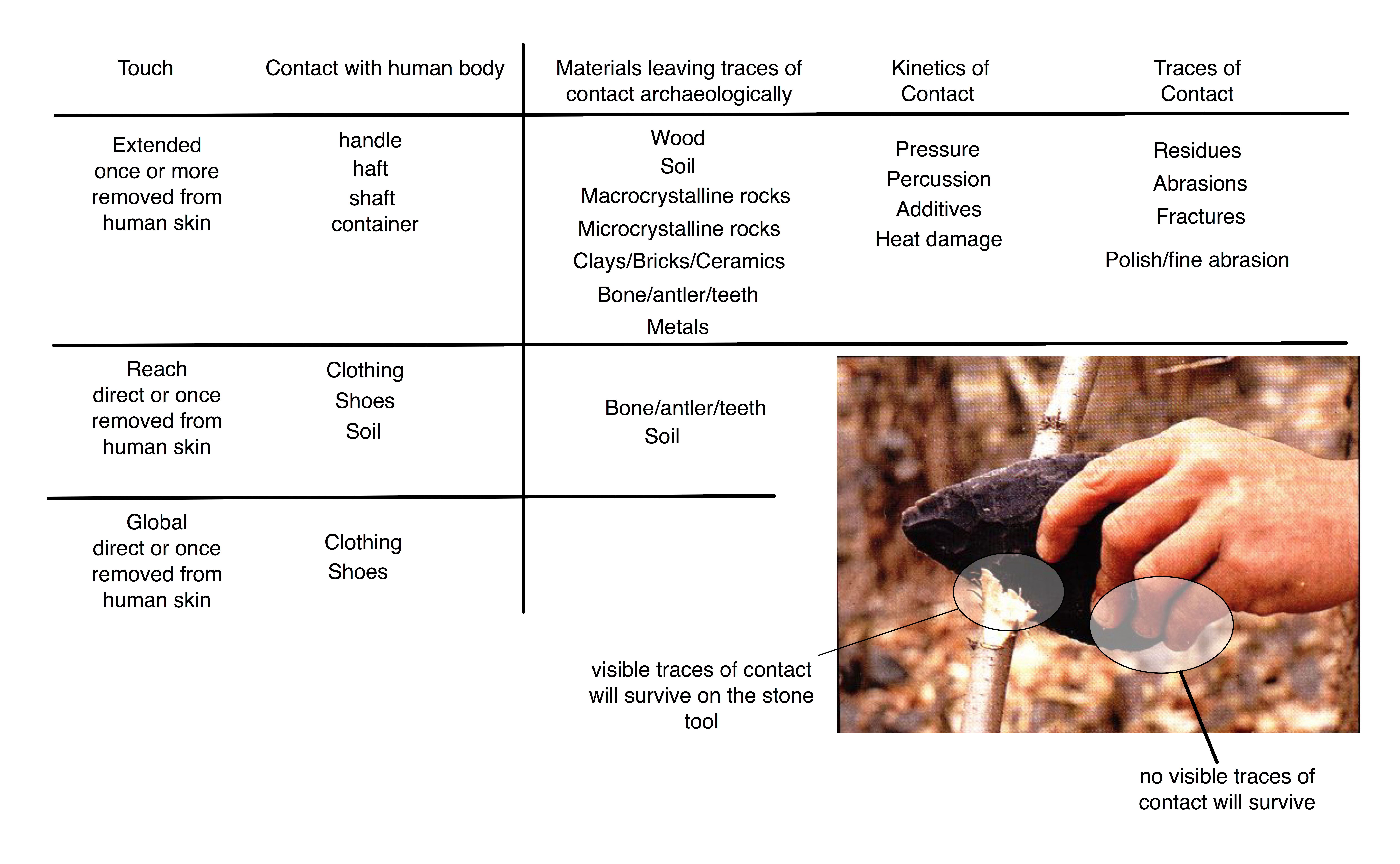
A Sense of Touch – the Full-Body Experience – In The Past and Present of Çatalhöyük, Turkey (2013)
This article represents the print publication of a paper presented at “Making Senses of the Past: Toward a Sensory Archaeology”, the 27th Annual Visiting Scholar Conference of the Center for Archaeological Investigations, Southern Illinois University Carbondale, organized by Dr. Jo Day in March 2010. Most of my writing about sensorial archaeology (starting in 2003) had been about touch, and this paper continues that focus. However, this paper, as in Chapter 25 of Last House on the Hill which I had finished composing just before this presentation, broadens the sense of touch beyond the obvious haptic sensations, such as surface, form, pressure, pain, temperature, and texture, to include the full-body sensations of balance and movement, and a more multisensorial experience and interpretation of archaeological data. The final – and keynote – presentation at the conference was given by Yannis Hamilakis who proposed his very different, political, route to the study of the senses in archaeology. This was later (2013) expanded in his book Archaeology and the Senses. I reviewed this book in EJA vol.18, 2018. And because of that review was asked to write the chapter “Doing Sensorial Archaeology” in the Routledge Handbook of Sensorial Archaeology, now in press. So the spiral goes……
Abstract
In this paper I come to the more general issues of a sensuous archaeology through the sense of touch – the haptic sense. Using data from the Neolithic site of Çatalhöyük, Turkey, I stress that the sense of touch involves far more than just fingers and skin, far more than the obvious haptic sensations, such as surface, form, pressure, pain, temperature, and texture. It involves the full-body sensations of balance and the sense of movement in any part of the body. I anchor my investigation of touch and movement in the past in the archaeological data using existing methodologies such as contact trace analysis and human kinetics. I argue that the concept of taskscapes enables us to think about the temporality, events, and rhythms of the body’s haptic responses, which themselves are essential elements of understanding social practice. I suggest that another anchor to investigating sensory responses in the past is the process by which practices that started as new and unfamiliar experiences became familiar and ‘enactive knowledge’. I end with an exploration of the potential of digital technologies to transform the sharing of archaeological interpretations of past multisensorial experience that include the sense of touch.
Citation
Tringham, Ruth, 2013. A Sense Of Touch – The Full-Body Experience – In The Past And Present Of Çatalhöyük, Turkey. In Making Senses of the Past: Toward a Sensory Archaeology, edited by J. Day, pp. 177-195. Center for Archaeological Investigation, SIU, Carbondale, Ill.
Reviews
Bretton Giles (2016) Review of Making senses of the past: towards a sensory archaeology Southeastern Archaeology, 35:1, 81-84, DOI: 10.1080/0734578X.2016.1133793. download
Lewis Jones (2015) Historical Archaeology, 49(4):149–150. download
Conference reviewed by David Sutton Senses and Society vol. 5, (3) 394-397
Robin Skeates (2014) American Antiquity 79 (2) 372-373. download
